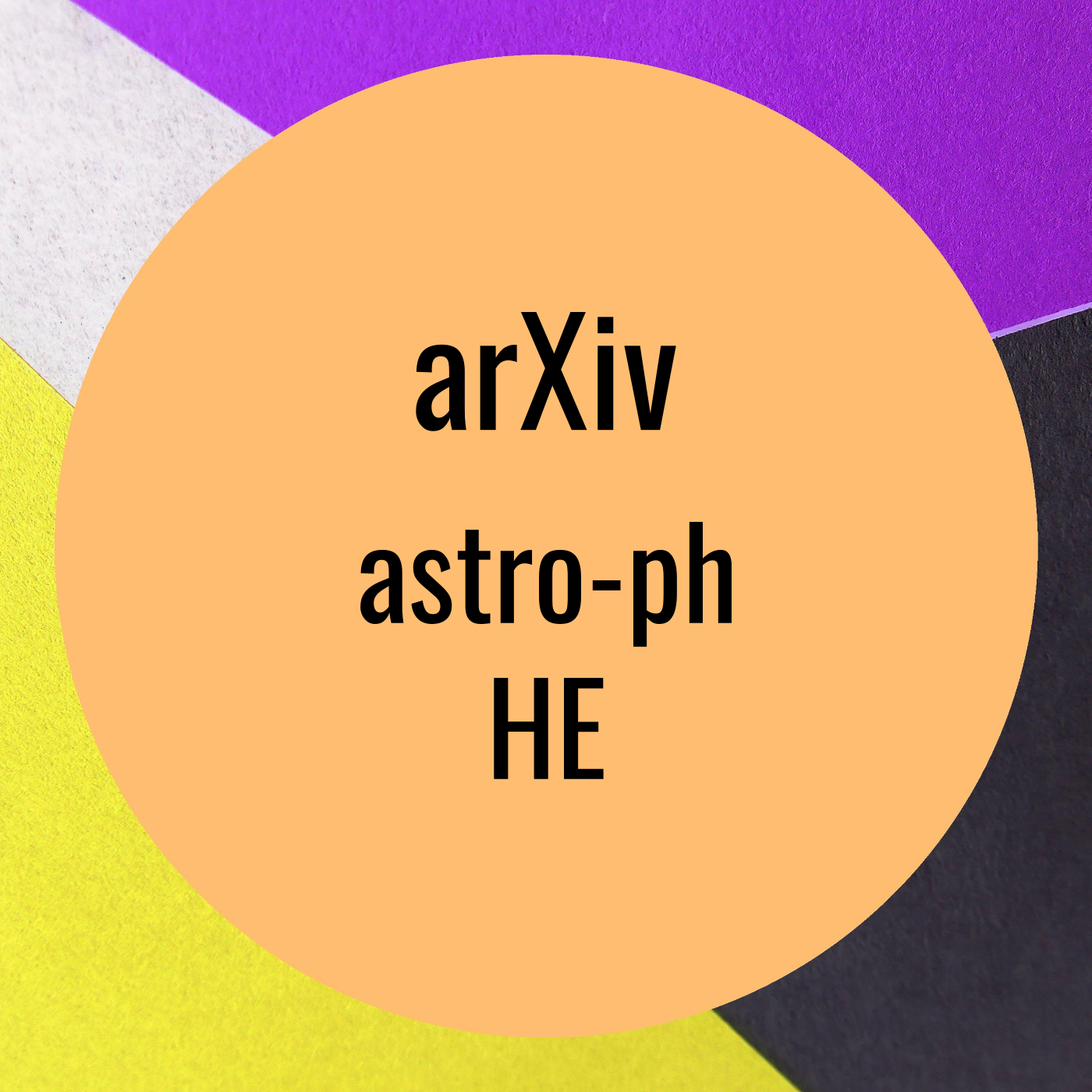Hard X-ray Observations of the Hydrogen-poor Superluminous Supernova SN 2018hti with NuSTAR
Description
Hard X-ray Observations of the Hydrogen-poor Superluminous Supernova SN 2018hti with NuSTAR by Igor Andreoni et al. on Wednesday 30 November
Some Hydrogen-poor superluminous supernovae are likely powered by a magnetar
central engine, making their luminosity larger than common supernovae. Although
a significant amount of X-ray flux is expected from the spin down of the
magnetar, direct observational evidence is still to be found, giving rise to
the "missing energy" problem. Here we present NuSTAR observations of nearby SN
2018hti 2.4y (rest frame) after its optical peak. We expect that, by this time,
the ejecta have become optically thin for photons more energetic than about
15keV. No flux is detected at the position of the supernova down to
$F_{\rm{10-30keV}} = 9.0\times 10^{-14}$ erg cm$^{-2}$ s$^{-1}$, or an upper
limit of $7.9 \times 10^{41}$ erg s$^{-1}$ at a distance of 271Mpc. This
constrains the fraction of bolometric luminosity from the putative spinning
down magnetar to be $f_{\rm X} \lesssim 36$% in the 10-30keV range in a
conservative case, $f_{\rm X} \lesssim 11$% in an optimistic case.
arXiv: http://arxiv.org/abs/http://arxiv.org/abs/2211.15749v1
More Episodes
Fundamental physics with neutron stars by Joonas Nättilä et al. on Wednesday 30 November
Neutron stars are rich laboratories of multiple branches of modern physics.
These include gravitational physics, nuclear and particle physics, (quantum)
electrodynamics, and plasma astrophysics. In this...
Published 11/30/22
Published 11/30/22
Scattering variability detected from the circumsource medium of FRB 20190520B by S. K. Ocker et al. on Wednesday 30 November
Fast radio bursts (FRBs) are millisecond-timescale radio transients, the
origins of which are predominantly extragalactic and likely involve highly
magnetized compact...
Published 11/30/22


